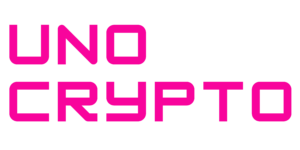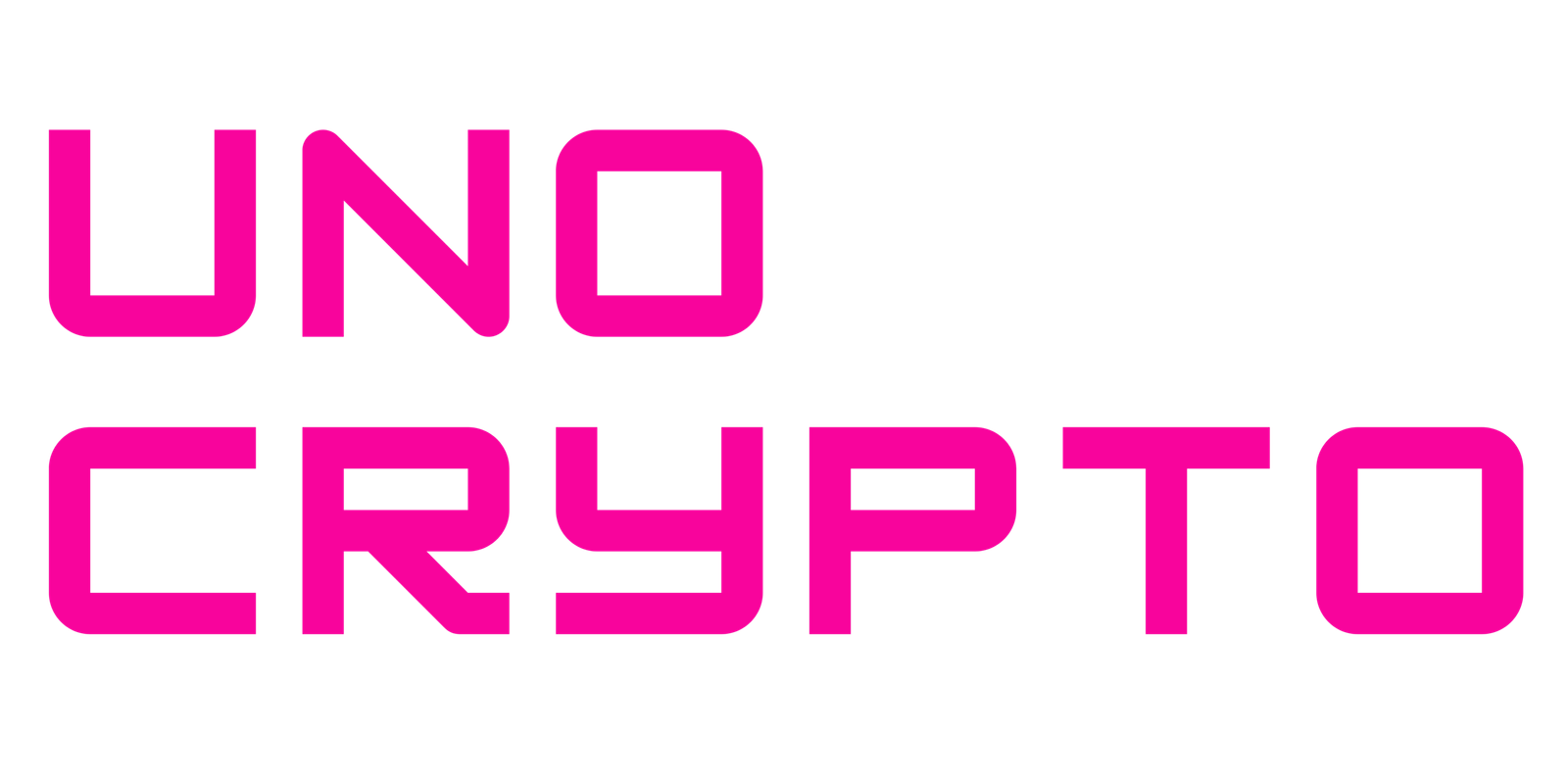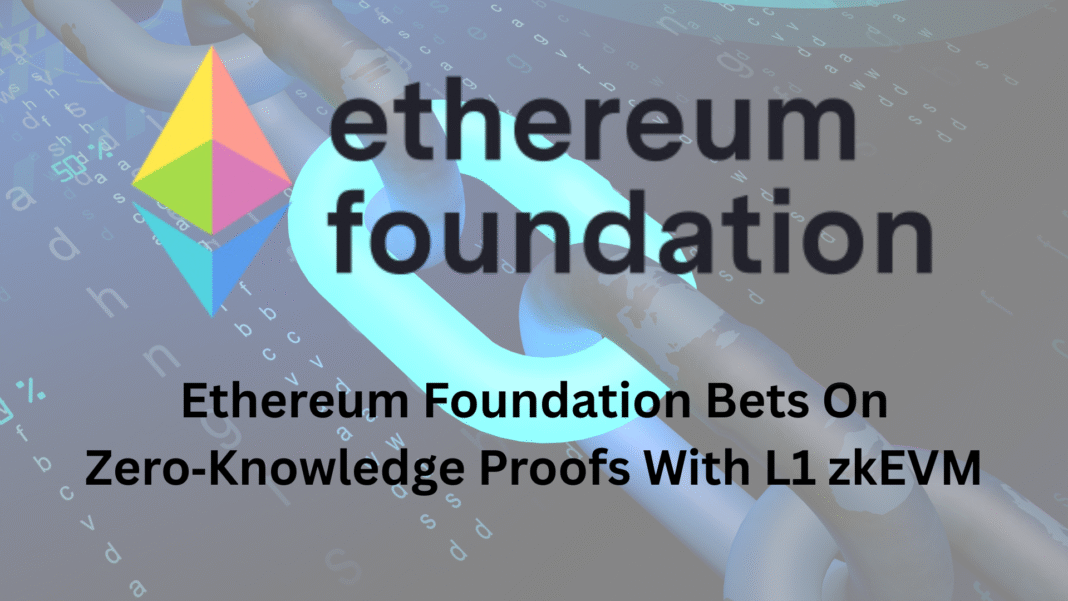In a detailed blog post this week, the Ethereum Foundation laid out plans for full adoption of zero‑knowledge proofs across its network.
The piece explains what steps will lead to using ZK proofs at every layer, who will build the tools, where the code changes will take place, when validators can start running ZK clients, why the move boosts security and privacy, and how the first phase will roll out with an L1 zkEVM.
Shipping the L1 zkEVM Quickly
The Foundation says the fastest route to an L1 zkEVM is to let validators choose clients that verify proofs instead of re‑executing transactions. Each client would statelessly check three proofs from different zkVMs, each proof matching an EVM version.
Since proof checks are quick and files stay small, downloading and checking several proofs is practical. This builds in depth through client diversity, just as today’s network uses varied software to stay safe.
To start, proof generation will happen off-chain. The protocol only needs a pipeline tweak in Glamsterdam to give more time for proofs.
Validators will download and verify proofs rather than run full execution. This change requires minimal core updates and opens a path to more ZK features down the line.
Growing Adoption of ZK Clients
At first, only a few validators will run ZK‑enabled software. As proofs hold up in real use, more operators will join. The Foundation plans formal checks, clear specs, audits, and bug bounties to back each step.
When enough stake rests on ZK clients, they will raise the gas limit so that verifying proofs replaces re‑execution. After every validator shifts, the same proofs will feed an EXECUTE precompile to support native zk‑rollups.
Defining Realtime Proving
A key goal is to make Ethereum the largest ZK application by bringing the entire zkVM sector on board. Many zkVMs already prove blocks and post weekly speed gains.
To keep the base layer secure, live, and free of censorship, the blog sets a target of real-time proving. With a 12-second slot and 1.5-second max network delay, proofs must finish in 10 seconds or less for 99 % of blocks.
Teams should aim for 128-bit security, but allow 100-bit at launch. Proofs must stay under 300 KiB and avoid trusted‑setup wrappers. The plan calls for tougher rules once ZK clients run live and proving time shrinks.
A Step Toward a Simpler Protocol
Over time, the Foundation aims to streamline Ethereum’s code so it is naturally ZK‑friendly. That means reworking consensus layer signatures, adding client‑side privacy proofs, and shrinking core logic.
By the time the L1 zkEVM is live, builders will already be hard at work on deeper ZK upgrades.
Also Read: Ethereum Foundation To Match $2M Tornado Cash Founders’ Fundraising For Legal Defense


